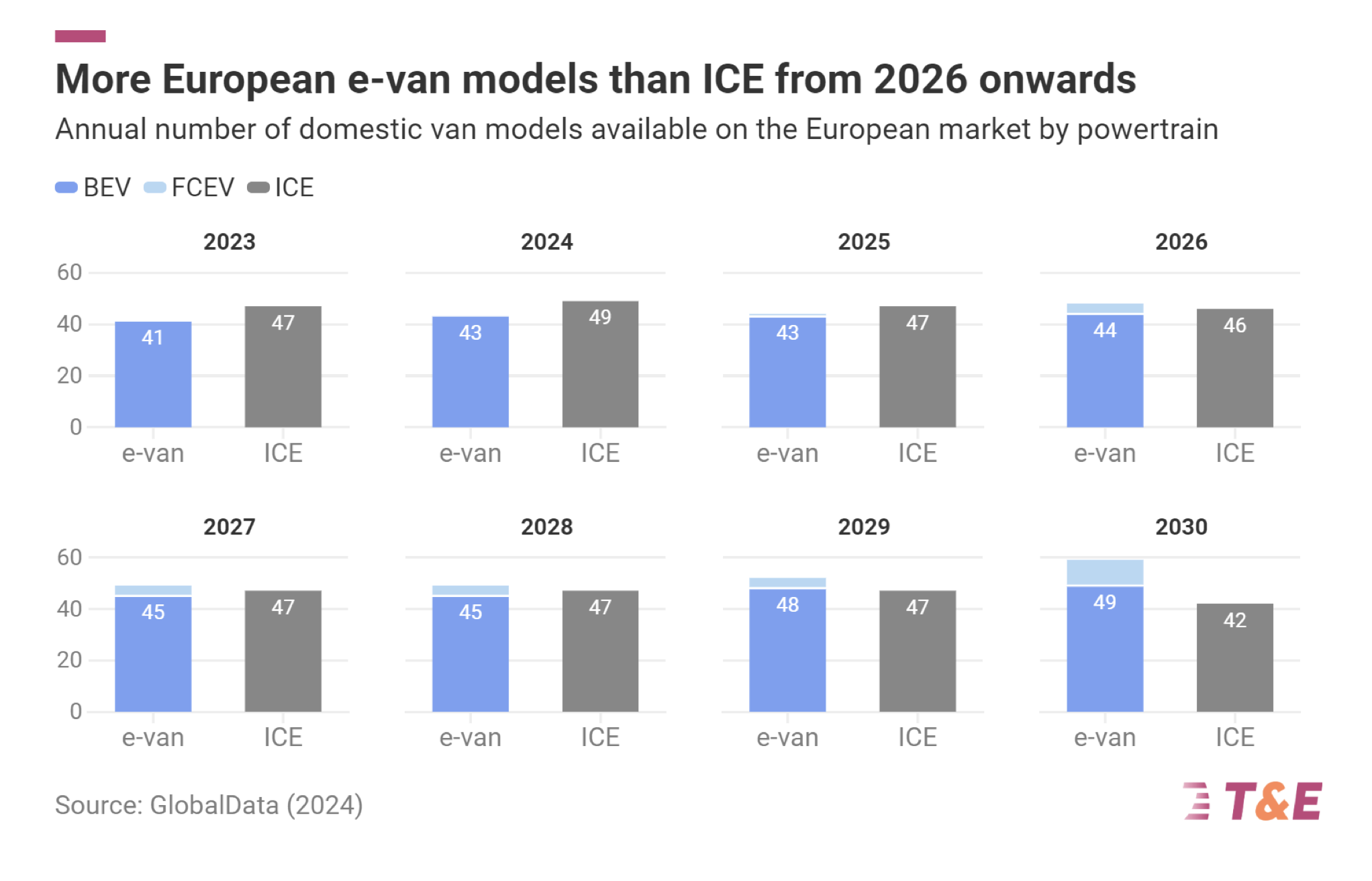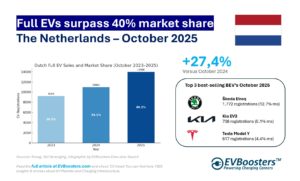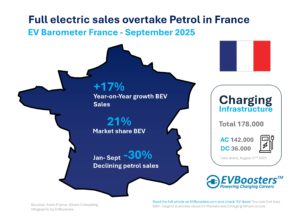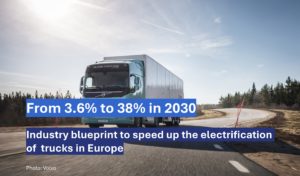E-van supply outpacing demand in major cities
The report highlights that Europe’s e-van supply—primarily battery-electric vehicles—is sufficient to cover the projected demand across the continent’s largest cities. Major urban centers, including all European Union capitals and 156 additional cities with populations over 100.000, already have or will soon establish low-emission zones. Between 2025 and 2030, European manufacturers are expected to produce almost four million e-vans, enough to meet demand from fleets larger than 20 vehicles in these urban areas.
T&E points out that zero-emission freight zones can benefit from this supply, helping cities cut emissions and meet EU climate targets. However, it notes that European policy consistency is essential. The report warns against weakening CO2 standards, stating that strong regulations are critical to maintaining e-van production and advancing sustainable urban logistics.
Stricter EU air quality rules to drive zero-emission policies
The European Union’s upcoming ambient air quality directive, set to take effect by 2030, will further encourage cities to adopt zero-emission zones, especially those with air pollution challenges. Cities across Europe have already started implementing low-emission freight zones, targeting commercial vans due to their high contribution to urban air pollution. Diesel vans, responsible for 14% of nitrogen oxide (NOx) emissions in city centers, continue to affect air quality and contribute to greenhouse gas emissions.
T&E’s analysis indicates that these zones could make a meaningful difference, reducing the health risks associated with poor air quality in urban areas. By prioritizing commercial vehicles like vans, which see frequent use in densely populated areas, cities can significantly improve air quality and set a broader precedent for climate-friendly transportation solutions.
E-vans to be more affordable than diesel by 2027
In a positive financial shift for businesses, T&E’s report highlights that e-vans are expected to reach price parity with diesel vehicles by 2027. Thanks to falling battery costs, battery-electric vans will likely become the more affordable option to purchase within the next few years. Already, e-vans are less expensive to own and operate in many European countries, including Germany, France, and the UK, when factoring in financial incentives.
The report also points to a growing variety of e-van models suited to a range of business needs. By 2026, e-van buyers will have more model choices than those purchasing traditional diesel vans. Businesses will be able to select from options across multiple weight classes and operational ranges, with models tailored to urban, suburban, and even longer delivery routes.
Electric cargo nikes as an urban logistics solution
In addition to e-vans, T&E examines electric cargo bikes as a feasible solution for short-distance deliveries. The report notes that cargo bikes could replace around 10% of urban van trips, particularly in densely populated areas where they offer a nimble and lower-emission alternative. Electric cargo bikes, capable of transporting up to 250 kilograms, could help businesses minimize reliance on larger vans for certain types of deliveries, reducing urban congestion and air pollution. This approach offers a complementary solution to e-vans, enabling more sustainable last-mile delivery options.
Key recommendations for European cities and policymakers
The report concludes with recommendations for city leaders and European policymakers, suggesting a clear roadmap for adopting zero-emission zones. T&E emphasizes that cities should begin with large fleets, gradually expanding zero-emission requirements over time. This phased approach ensures businesses have time to adapt while maximizing the immediate environmental benefits of zero-emission fleets.
To support this shift, T&E calls on the EU to uphold its 2035 zero-emission mandate for vans and suggests additional legislation to require large fleet operators to transition by 2030. At the national level, T&E recommends harmonizing policy requirements, so cities can implement zero-emission zones with a unified set of guidelines.
A path toward cleaner, safer cities
Europe’s e-van market is on the cusp of a significant transformation, one that aligns with environmental goals and public health improvements. With a clear roadmap and adequate support, European cities can reduce urban air pollution, ease congestion, and encourage further innovations in clean urban logistics. The findings from T&E show that, with a strong policy framework in place, Europe’s urban centers are well-positioned to make zero-emission zones a reality, benefiting city residents and the environment alike.
Source: Transport & Environment







